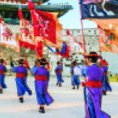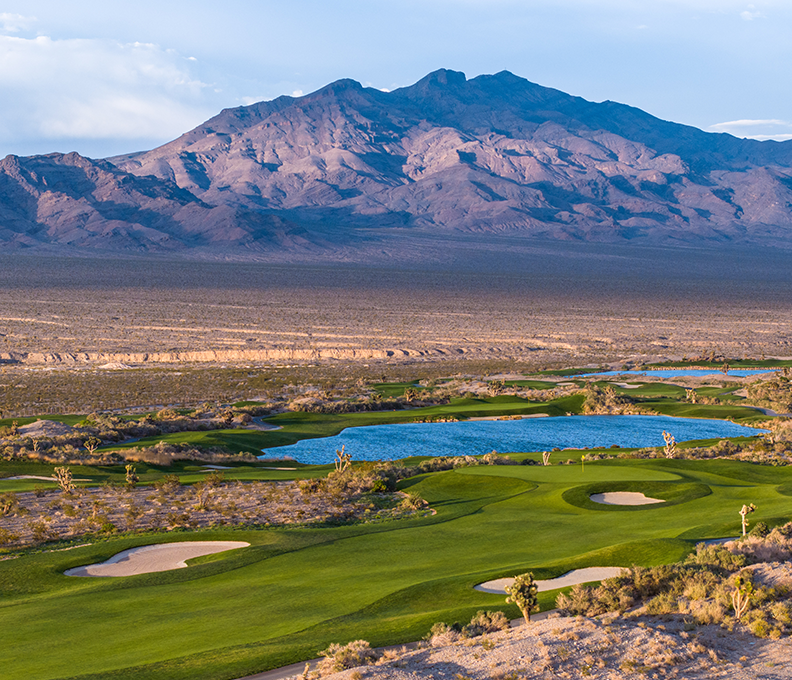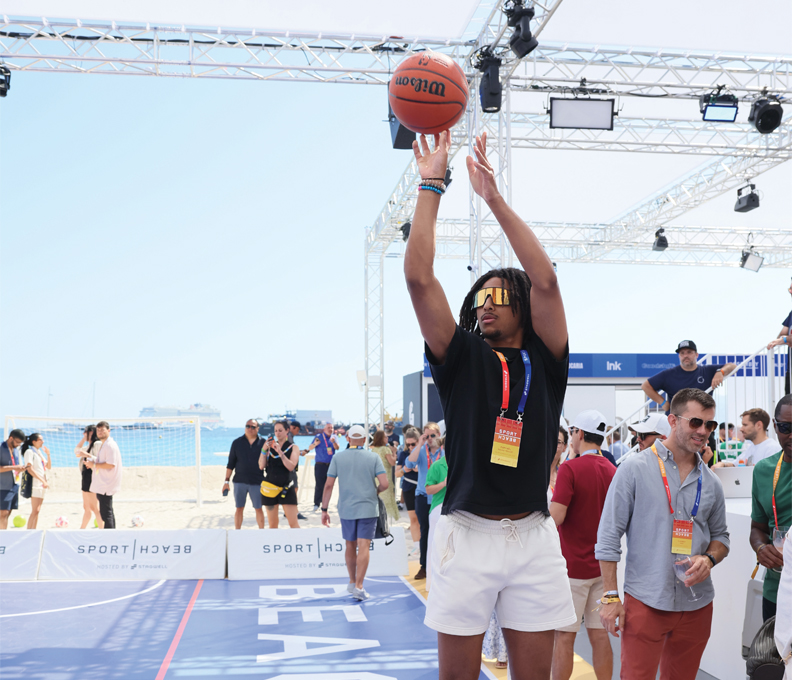Time After Time
March 31, 2018


In 1998 my nephew and I visited Seoul enroute to Kamchatka and the Kuril Islands. We spent a few days touring South Korea’s dynamic capital ending with lunch at Seoul Tower.
Fast forward twenty years to February 2018 and we are in Seoul again, this time coming back from the Olympic Winter Games in PyeongChang. With only a few precious days to explore, we very curious to see how much the skyline has changed and visit some places we missed on our first visit or which had been added since then. The plan was once again to end our visit with lunch at Seoul Tower.
Getting to Seoul is easy, whether from the airport or other cities and towns within Korea. Trains are often the easiest; for our travels it was the newly inaugurated KTX line. This high-speed train can whisk you from the airport to downtown Seoul station in 40 minutes. In less than two hours you can travel to Korea’s east coast, to cities like Gangneung – one of the Olympic host cities and home of the Winter Olympics’ coastal cluster of scenic sports venues.
The day after the Olympic closing ceremonies we boarded the high speed KTX train in Gangneung. Packed with Olympic fans and spectators, this train arrived at Seoul station in one hour and forty minutes. After a quick taxi ride to our hotel, we were off for an afternoon of shopping in Myeongdong, Seoul’s flashy shopping district. We began at the giant Lotte department store, expressly looking for Olympic souvenirs – as if we hadn’t already purchased enough. Then we took to the street looking for more.
Myeongdong features a large outdoor market area, bustling pedestrian sidewalks lined with street vendors selling everything from food to purses to cosmetics –pretty much everything except Olympic souvenirs. Exclusive designer labels can be found in specialty shops throughout this neighborhood and you can find all these major brands within walking distance. Various stands offered an assortment of street food, from live seafood to desserts, along with freshly squeezed pomegranate juice to wash it all down. The aroma of the different types of Korean specialty foods motivates many a passerby to stop and purchase a snack on the run. Myeongdong is popular with tourists and locals alike and makes for a delightful visit on any Seoul stopover. The balance of the day was spent shopping and admiring Seoul’s burgeoning skyline.
Lost in Translation
Language can be a barrier in Korea, so best to have Google Translate on your phone. There are several different translation apps, however we found the Google version to be the most reliable. Having said that – our next day’s adventure began with a cab ride that was supposed to take us to the Korean War Memorial.
Since it is part museum and part memorial, I incorrectly said into the translator app, “Korean War Museum” and our driver did not understand. Seeing the word “museum” he took us to the National Museum of Korea. We were a bit surprised to pull up to this behemoth of a building and decided it was worth exploring. We would have to delay our visit to the War Memorial of Korea until the next day.
Admission to the National Museum of Korea is free – only special exhibits require an extra entry fee. We bought tickets to two special exhibits and began exploring this gigantic museum, Korea’s answer to the Smithsonian Institution.
The history of Korea is told through an amazing collection of art and artifacts. Several hours were spent enjoying this accumulation of history, along with special exhibits of French art, as well as the role of the tiger in Asian art. Even though we moved quickly through the museum, we soon found ourselves running out of time. Another day had been filled! If you visit this museum don’t be daunted by the size – it is doable – just take your time and enjoy it slowly.
We were better prepared for our last full day in Seoul. We had the hotel staff write down our first destination – “War Memorial of Korea,” the formal name of this landmark and museum. Our taxi driver took us directly there and our visit began on the expansive grounds filled with tanks, boats and aircraft.
Static displays of military might dot the side entrance. An amazing array of military equipment used in various campaigns are lined up in rows. Everything from helicopters, airplanes, fighter jets, patrol boats, anti-aircraft gunnery – and we were not even inside the museum yet.
Another giant building houses the memorial and museum. The names of the fallen are inscribed in long rows of black marble in the right and left galleries. The museum is comprised of six exhibit rooms, containing military memorabilia and historic relics from a variety of Korean battles. Be prepared to spend at least two hours viewing the many exhibits and interactive displays. Admission is free
The centerpiece is the Memorial Hall, a round room in the center of the building, where silence is requested. For both of us it was a poignant visit, as my father (my nephew’s grandfather) served in the Korean Conflict. It took us back to a significant time in the history of both the US and Korea, which can only be truly appreciated by seeing what was sacrificed.
The museum also offers optional exhibits for a fee; the current one featuring the Life and Inventions of Leonardo da Vinci. Filled with hand-built replicas of many of his inventions and interpretive displays that explained many of the mysteries of the Mona Lisa, it was an intriguing update on his work.
Menus & Views
Once we finished the memorial tour and da Vinci exhibit, it was a quick taxi ride to the Namsam cable car tramway. This aerial tram took us to the base of the tower in three minutes. Once there, it’s a short walk to the Seoul Tower entrance.
We raced up the stairways to the base of N Seoul Tower. It was a homecoming for both of us. In 1998 we had a memorable lunch here in the revolving restaurant. And now we had returned, each of us twenty years older, to revisit the occasion with lunch at the tower two decades later.
Seoul Tower has changed a lot since our first visit there twenty years earlier. In the past the revolving restaurant was more memorable for the view than for the basic fare served there. Now the Tower houses a fancy French restaurant, n.Grill. There is also the Korean restaurant HanCook that serves up traditional fare with modern flare on another upper floor and the Italian restaurant called The Place at the base. There are some smaller eateries and souvenirs shops as well.
In the early afternoon there was no line for tickets, so we quickly made our way to the elevator. The ride to the observation floors had been redone and enhanced with a TV screen on the elevator’s ceiling showing a video that made it appear you are on a thrill ride. The doors opened, and we were back on top to enjoy the panorama of Seoul.
Views were limited due to weather but that did not diminish our experience. For us it was a matter of time travel and comparing something from two decades ago. We had changed and so had Seoul.
Depending on the direction you are looking, there is signage noting a distant destination. One such placard I saw above the windows pointed to Vladivostok – Kamchatka (which was our next stop back in 1998). I summoned my nephew for a photo opportunity underneath the sign.
It was twenty years ago and we both remember it as though it was yesterday. With this photo we made the circle complete, reliving our Seoul adventure once again.




